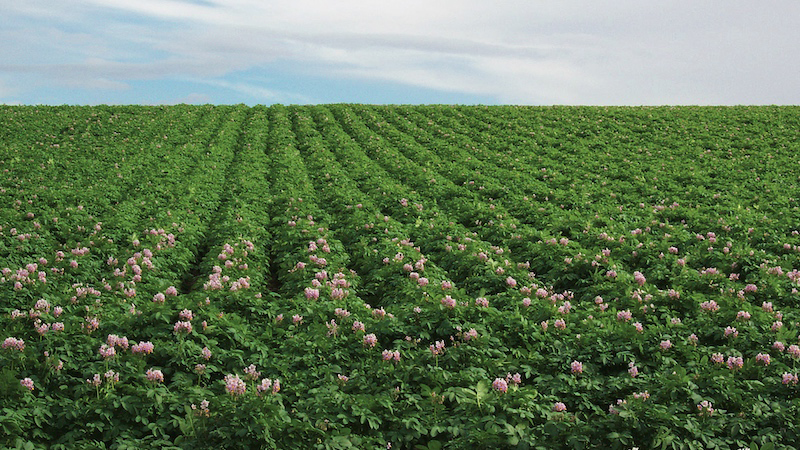It Only Takes One Idea, One Trial to Inspire an Industry
Not too long ago I learned of the death of Wallace “Wally” Heuser, one of the founders of the now International Fruit Tree Association (IFTA).. In a note to me, his daughter, Wanda Heuser Gale, said “Dad always thought very highly of you. He referred to you as ‘that little blonde’ and was impressed with your reporting skills and dedication to your work.”
The phrase “that little blonde” made me smile.
I worked on a piece about his death for our website, and I really wanted to dig in and learn about his contributions. I don’t see it as any coincidence that his family’s storage barn was the location for the first Dwarf Fruit Tree Association meeting. In fact, it solidifies how significant of an impact Wally and the Heusers had on the fruit industry.
I started to think if things would have turned out the same for what is now known as IFTA if the initial dwarfing rootstock meeting would have been organized in today’s world. I’m sure “getting the word out” would be the easy part. And, there would likely be some digital components to both promotion and presentation. But it seems like now, more than ever, for every sound piece of scientific data published, there’s an equal or greater number of skeptics, with and without their own scientific credentials.
I got a chance to look through the IFTA history that Dr. Bob Carlson pulled together in 1991, and a section called “early doubts” made me chuckle. I can only imagine what type of naysayers would take to social media or fruit industry websites today to express their countering opinions to the research presented about the benefits of choosing a semi-dwarf system, in my modern-day scenario.
Carlson himself wrote that early researchers heard “comments such as, ‘Show me an orchard that is producing more than my big trees and lasting for many years’ and ‘M.9 will never carry a payload.’” Carlson says research at land grant universities was fueled by this disbelief.
Sure, it’s likely Malling rootstocks would have found their way to this country anyway and would have taken hold. But it truly does seem like that first meeting of the Dwarf Fruit Tree Association captured lightning in a bottle. It’s hard to believe that in 60 years since that gathering, the industry has moved from gigantic trees to more manageable trees on dwarfing and semi-dwarfing rootstock. Heuser was also instrumental in bringing Gisela sweet cherry rootstocks to this country.
I am also struck by how rapidly the changes were made — though I’m sure some folks would say those changes weren’t made fast enough. And magazines, such as the one you’re reading, and conferences like what is now IFTA were the only way information was disseminated to the masses. It’s not like social media was around to share information.
As Heuser’s Michigan State University Classmate, Paul Rood, told MLive.com as Heuser was honored by the Michigan Farm Bureau, “Dwarf trees were just an idea a college department head had. But Wally took hold of it, grew dwarf trees, and helped the whole industry change. It was a radical idea, but he recognized the possibilities. And when he concentrated on being a nurseryman, everything he propagated was made better.”
This is true of the whole industry. Sixty years since the organization’s founding, IFTA members were standing in an orchard in New Zealand last year looking at multileader future orchard production system trials.
“Sometimes we have to look back into the past to look intelligently into the future,” Carlson said, quoting fruit grower Alan Todd of England in his IFTA historical account.
One idea, one trial, one thought can change an entire industry, and it’s important we acknowledge where we’ve been to appreciate where we’re going.










